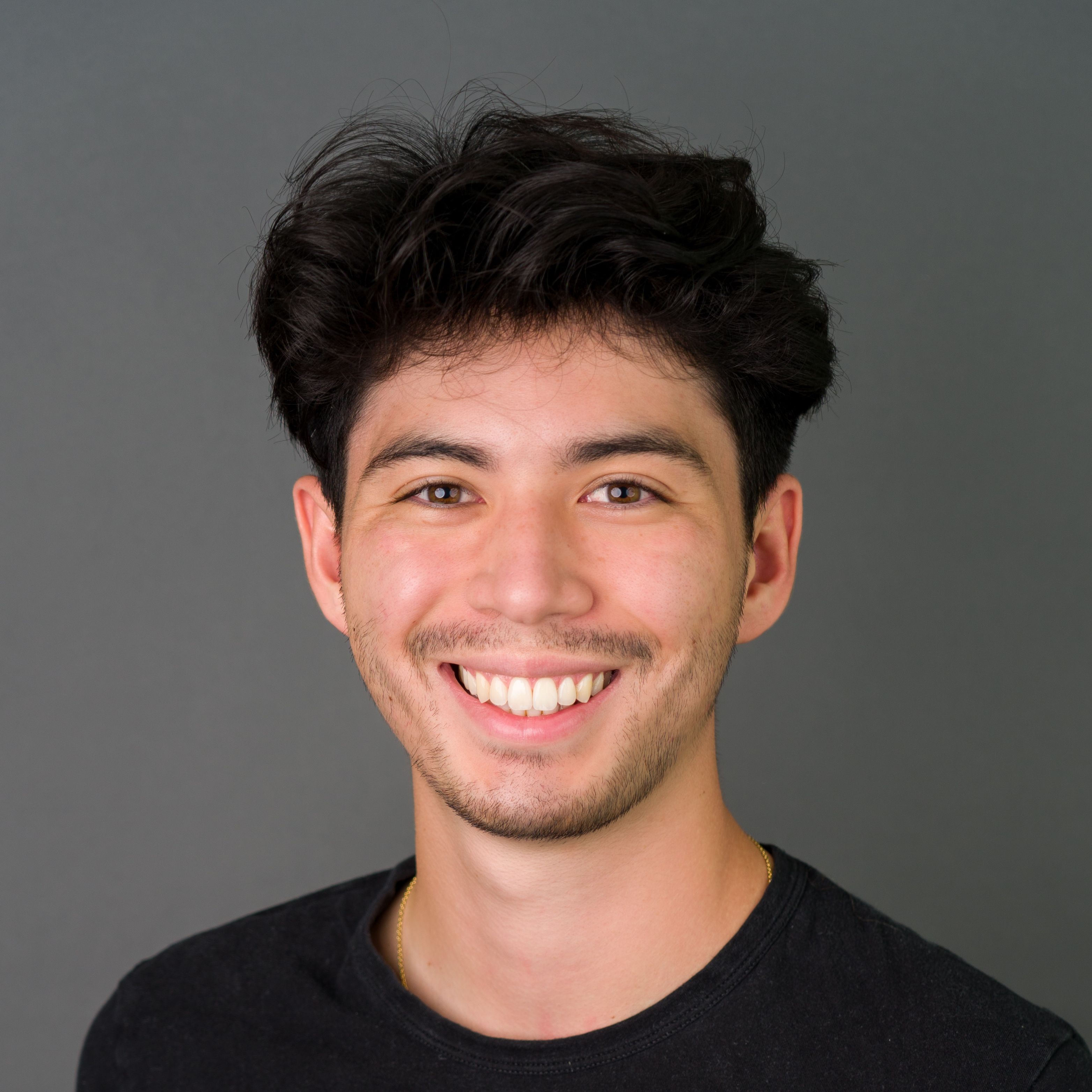Computer Vision Projects
Tags: Computer Vision, Data Science, Machine Learning
Vision Transformers for Analyzing High-Resolution Pathology Images
Master Thesis
Transformers are powerful models that can capture long-range dependencies between data using an attention mechanism. However, applying transformers to medical problems poses challenges due to the high-resolution and complexity of pathology images, as well as the scarcity and noise of labels. In this thesis, we have provided a comprehensive overview of the state-of-the- art transformers method for analyzing high-resolution pathology images, using the glioblastoma dataset IvyGAP and the renal cancer dataset as case studies. We have discussed how to pre- train transformers using self-supervised learning methods that can learn useful representations from unlabeled data. We have also explored how to find regions of interest within a whole slide image using different levels of supervision: self-supervised, weakly supervised and strongly supervised. We have demonstrated that transformers can provide a semantic understanding of the data and outperform convolutional-based models on downstream tasks such as classification and segmentation. Finally, we employ posterior networks to estimate the aleatoric and epistemic uncertainty of ViT predictions and evaluate their usefulness for clinical decision making. We propose a novel method to filter potentially mislabeled data in order to make more accurate and confident predictions. Our experiments show that our methods achieve state-of-the-art results on various glioblastoma tasks and provide meaningful insights into the behavior and limitations of ViTs for medical machine learning.
Tags: Computer Vision, Data Science, Machine Learning
Improving Domain Generalization for Deep Learning-Powered Cancer Cell Detectiong
Internship, 2022
In 2022, I have worked as a research & software intern at NEC Laboratories in Princeton, a brilliant research company along with world-renowned scientists. I have implemented and researched the various techniques of data augmentation to improve results on a complex multi-class segmentation problem. In the Medical Machine Learning department, I motivated the use of GANs to produce new samples for cancer detection, explored the use of self-supervised method such as MixMatch, and studied ways to make model more robust to domain generalization.
Tags: Computer Vision, GANs, Machine Learning, Medical, Self-Supervised
Implementation of GANWriting, Content-Conditioned Generation of Styled Handwritten Word Images
Internship, 2021
Worked on the deployment of a state-of-the-art GAN model for generating hand written words, with the goal of writing a full library in Pytorch Lightning. This framework relied on a deep understanding of Computer Vision and complex ML system. GANWriting propose a novel method that is able to produce credible handwritten word images by conditioning the generative process with both calligraphic style features and textual content. The generator is guided by three complementary learning objectives: to produce realistic images, to imitate a certain handwriting style and to convey a specific textual content.
Tags: Computer Vision, Machine Learning
Towards Robust and Adaptable Diagnosis of Pneumonia from Chest X-ray Data
Visual Intelligence, 90/100, 2021
Artificial intelligence (AI) researchers and radiologists have recently reported AI systems that accurately diagnose pneumonia from a chest X-Ray images using deep neural networks when trained on a sufficient large and homogeneous amount of labelled images. However, the robustness and adaptability of these systems, trained minimizing the empirical risk (ERM), remains far way. In fact, ERM have no way of discard environment specific features creating an alarming situation in which the systems appear accurate, but fail when tested in new hospitals.
Tags: Computer Vision, GANs, Machine Learning, Medical, Self-Supervised
Detecting Rooftop Area for installing PV modules with Deep Learning
Machine Learning, 100/100, 2021
Won the 2nd place for best project presentation, presented at the CISBAT 2021 and published in the Journal of Physics. With Prof. Castello, we worked on Deep-learning for the detection of available for solar panel installation from satellite images. This computer vision problem relied on U-net architecture of neural networks done in Pytorch, and reached state of the art performance. You can find out more in the Publication section
Tags: Computer Vision, Machine Learning
